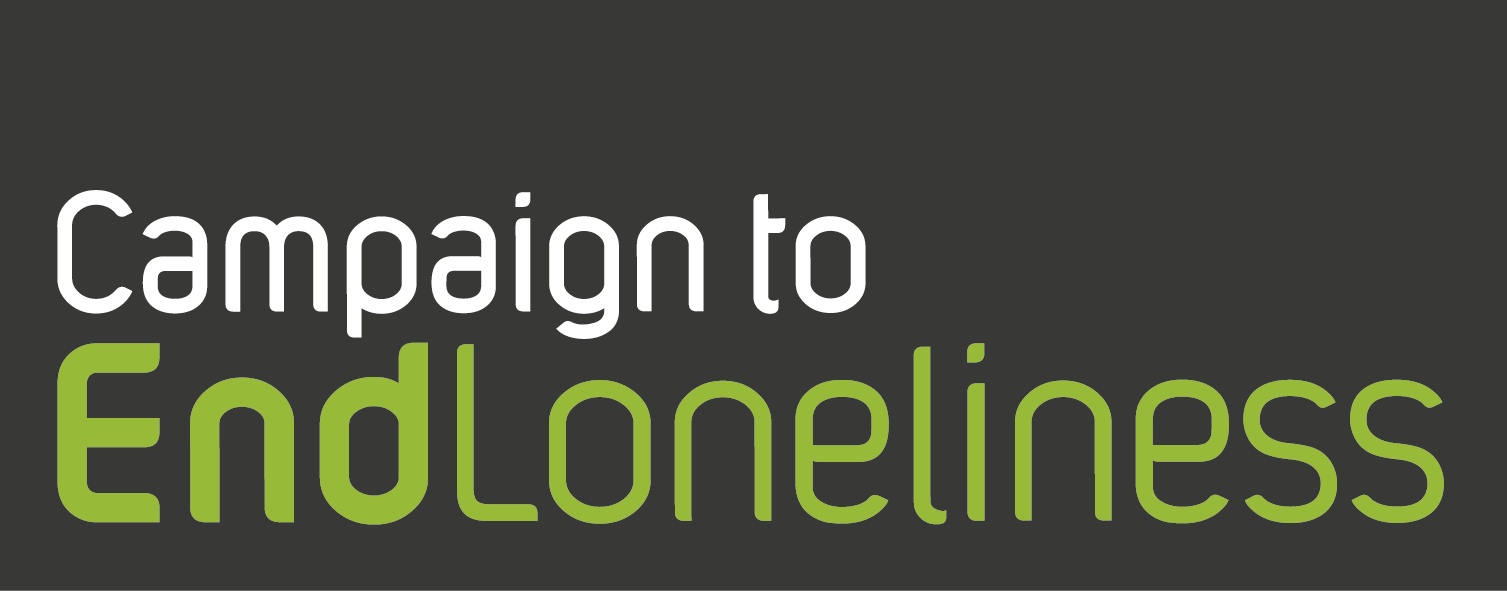Natasha Reid, founder of Matter Space Soul, joined our built environment panel at our international conference in February. The innovative planning guidance she has developed for Brent Council has been recently published for consultation. It sets out a new “Place Quality framework” that shifts the way that developments are designed and assessed towards prioritising human outcomes; such as tackling loneliness, enabling social connection and building strong communities. The draft guidance can be seen here and is current out for public consultation until 30th March 2023 and is a material planning consideration for this London borough.
The Place Quality framework is based on Natasha’s long-term cross-disciplinary research and evidence-based approaches, including participating in the Loneliness Lab as an expert contributor for the “Using Design to Connect Us” report.
How do we make places that support people’s needs a reality?
There is significant evidence of how places affect people, their quality of life and even life expectancy. Community, relationships, a sense of belonging and togetherness are all fundamental for our mental health, wellbeing and happiness. And the way our homes and neighbourhoods are designed has the power to shape this; they can either be enabling or disabling for social connection. But the research is not translating into practical application fast enough. And at a time of multiple, intersecting crises, there is increasing recognition that the thinking that’s gone before cannot solve the complex urban challenges of today.
Changing how places are designed
The new Place Quality framework and method purposefully shifts how design quality in development is defined and assessed; going beyond conventional measurements of size, numbers or how a place looks – to instead focus on outcomes that enrich people’s quality of life. It is a values-based, purpose-led approach that provides a new reference point for good design; design that prioritises people-focused, socially-conscious outcomes. These include:
- supporting people’s physical and mental wellbeing;
- enabling social connection;
- building strong and integrated communities;
- encouraging vibrancy and intergenerational mixing;
- nurturing a sense of place and belonging; and
- fostering a sense of ownership.
How does it work?
Crucially, the framework sets out a new system of assessment that requires design proposals to be justified through new “Place Quality indicators”, with different levels of expectations applied according to the potential benefits and impacts of a development on new and existing communities.
To enable this different approach, the toolkit offers joined-up, evidence-informed design considerations in relation to the human experience of the built and natural environment, and its impacts on lives. The three dimensions of impact are: Health and Wellbeing; Community and Belonging; and Vibrant and Inclusive Places. There are nine criteria that act as “building blocks” for people-focused places. They are underpinned by an emphasis on green infrastructure, since prioritising nature and green spaces brings many benefits for both people and planet.
Social interaction, community, belonging and inclusivity
Social connection is expected to be designed into places across many levels; from supporting casual interaction, like simply including places to sit and talk or “bumping spaces” (weak ties), to building longer term relationships between people (strong ties). The framework also defines expectations for building a sense of community, belonging and social capital. It sets out a focus on inclusivity and social cohesion; mixing between people from different walks of life, and creating welcoming environments for a wide range of people, including young people, older people, women, people with protected characteristics and marginalised groups.
Benefits for people, communities and built environment industry
The toolkit offers a new and flexible method to bridge the gap between evidence on what needs to be done, and the how. This assists the work of designers, planners, developers and decision-makers. It allows for a clearer consideration of the complex impacts of the built environment and its importance in improving health, loneliness and isolation, social cohesion, community participation, inclusivity and equity. Whilst the guidance deals specifically with shared and public spaces in residential developments, the Place Quality framework can be used for many different types of spaces and places.
Long term objective: Changing what is valued
The design of our cities, neighbourhoods, homes and shared spaces can help us lead healthier, happier and more interconnected lives. The framework has been designed to be adaptable for wide application across different contexts and can be developed to the locally-specific needs of places and communities. Fundamentally it takes the perspective of acknowledging the built and natural environment as our human habitat. And that we need a cultural shift in shared understandings and systems; to reframe mindsets and change what is valued, to achieve the outcomes that matter to people in their everyday lives.
For more information about the Place Quality framework and Natasha’s work shaping places for wellbeing: Embedding health, social impact, inclusivity and equity into development.
The SPD can be seen in full here and is published for public consultation and comment until the 30th March. Please provide any comments directly to Brent Council through the listed channels. Comments will be published with organisation names.





No comments on this article yet. Please feel free to submit a comment below.
By submitting a comment you grant Campaign to End Loneliness a perpetual license to reproduce your words and name/web site in attribution. Inappropriate and irrelevant comments will be removed at an admin's discretion. Your email is used for verification purposes only, it will never be shared.